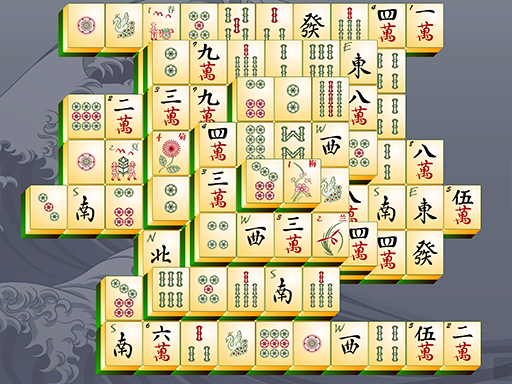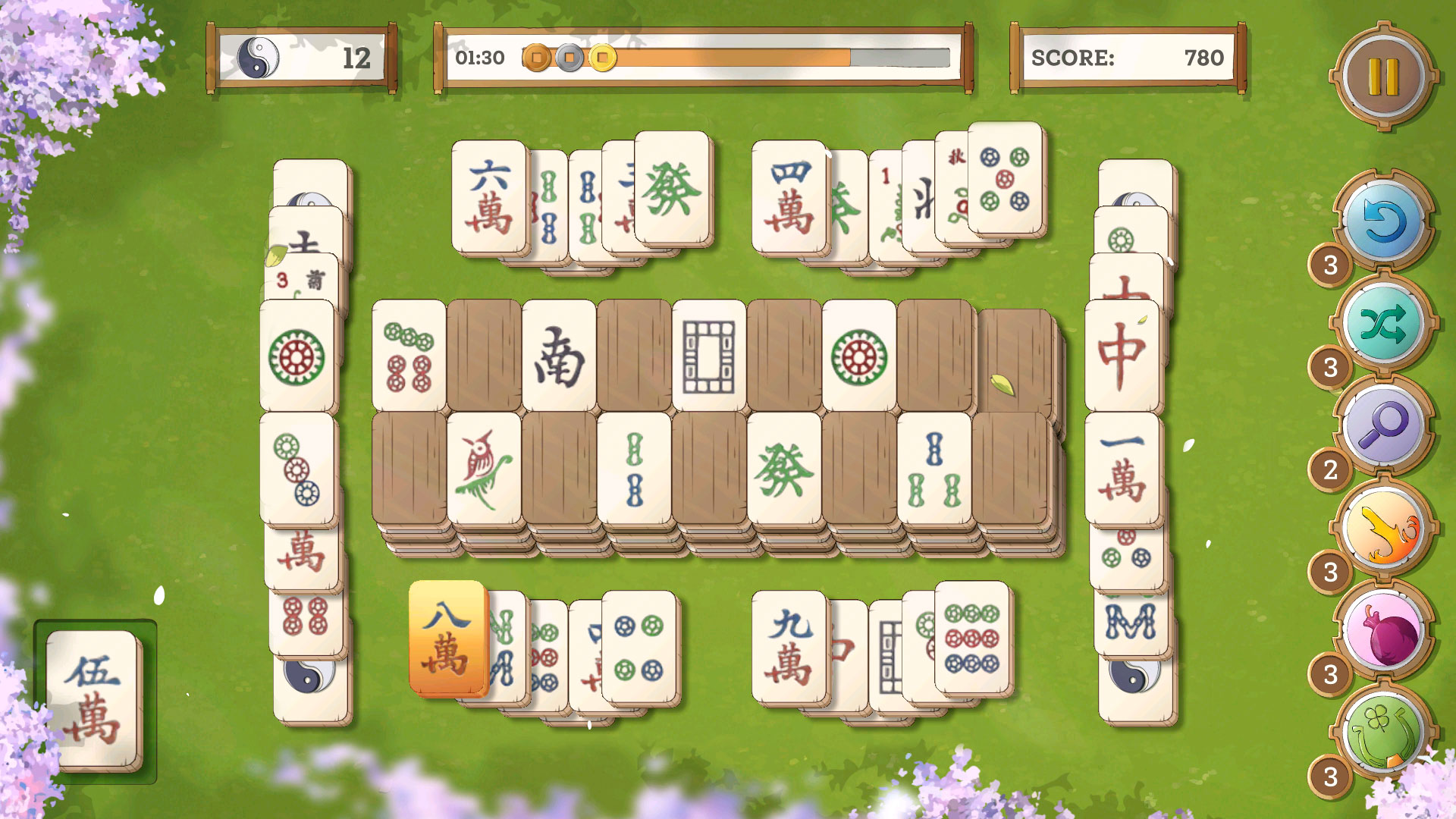
There are four identical copies of each suited tile totaling 108 tiles. The suits are bamboos, dots, and characters. Suited tiles are divided into three suits and each are numbered from 1 to 9. The tiles are split into three categories: suited, honors, and bonus tiles. Mahjong sets originating from the United States, Japan or Southeast Asia will likely have extra tiles or specialized markings. Some sets include racks to hold the tiles, especially if they are larger or smaller than standard tiles or have an odd shape.
Mahjong classic how to#
Sets often include counters (to keep score), dice (to decide how to deal), and a marker to show who the dealer is and which round is being played. Old Hong Kong mahjong is played with a standard set of 144 mahjong tiles (though cards may be used). Its name is similar in other languages, except in Thai, where it is called ( phai nok krachok), a calque meaning "sparrow cards". Most Mandarin-speaking Chinese now call the game 麻將 ( májiàng). It has also been suggested that the name came from an evolution of an earlier card game called Madiao from which mahjong tiles were adapted. It is said that the clacking of tiles during shuffling resembles the chattering of sparrows. In Chinese, the game was originally called 麻雀 ( pinyin: máquè)-meaning sparrow-which is still used in some languages in southern China. A group of players may introduce their own house rules which can notably change the feel of play. Beyond these basic common rules, numerous regional variations exist which may have notably different criteria for legal melds and winning hands, radically different scoring systems and even elaborate extra rules. While many variations of mahjong exist, most variations have some basic rules in common including how a piece is drawn and discarded, how a piece is robbed from another player, the use of suits (numbered tiles) and honors (winds and dragons), the basic kinds of melds allowed, how to deal the tiles and the order of play. A player can also win with a small class of special hands. In turn, players draw and discard tiles until they complete a legal hand using the 14th drawn tile to form four melds (or sets) and a pair (eye). In most variations, each player begins by receiving 13 tiles. The game is played with a set of 144 tiles based on Chinese characters and symbols, although many regional variations may omit some tiles or add unique ones.


To distinguish it from mahjong solitaire, it is sometimes referred to as mahjong rummy. Similar to the Western card game rummy, mahjong is a game of skill, strategy, and luck. The game has also been adapted into a widespread online entertainment. The game and its regional variants are widely played throughout East and Southeast Asia and have also become popular in Western countries. It is commonly played by four players (with some three-player variations found in parts of China, Japan, South Korea and Southeast Asia). Mahjong or mah-jongg ( English pronunciation: / m ɑː ˈ dʒ ɒ ŋ/ mah- JONG) is a tile-based game that was developed in the 19th century in China and has spread throughout the world since the early 20th century. "Mahjong" in Traditional (top) and Simplified (bottom) Chinese characters


 0 kommentar(er)
0 kommentar(er)
